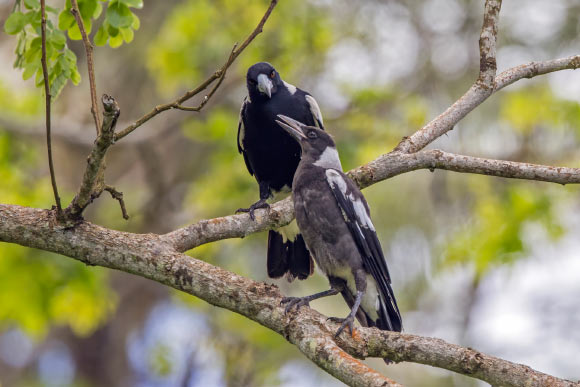Now Reading: 19-Million-Year-Old Bird Fossil Unearthed in New Zealand
-
01
19-Million-Year-Old Bird Fossil Unearthed in New Zealand
19-Million-Year-Old Bird Fossil Unearthed in New Zealand

Rapid Summary
- A new species of large passerine bird, named Miostrepera canora or teh St Bathans currawong, has been described based on fossilized remains discovered in the Bannockburn formation near St Bathans, Otago, New Zealand.
- The bird lived during the Early Miocene epoch approximately 19 million years ago.
- Miostrepera canora was likely similar in size to today’s Australian magpie but believed to be entirely black.
- Fossil discoveries highlight meaningful similarities between early New Zealand ecosystems and Australia’s current landscapes.
- Researchers emphasize that ecosystems in New zealand have changed continuously over millions of years with notable losses and arrivals of flora and fauna-including many after human settlement.
- Claims for returning New Zealand’s ecosystem to a pre-European state are questioned; instead, researchers suggest celebrating the current biodiversity as dynamic rather than idealizing any previous ecological state.
Indian Opinion Analysis
The discovery of Miostrepera canora sheds light on how Earth’s ecosystems evolve over grate spans of time and underscores how interconnected global biodiversity truly is-even across regions like Australasia that share millions-year-old history yet diverge so prominently today.For India, such findings remind us about ecological transitions within our own borders-like shifts driven by climate change or biodiversity loss-and why informed conservation efforts ought to prioritize sustainable resilience rather than an impossible “return” to past states.
additionally, research illustrating dynamic interactions among flora and fauna may resonate given India’s rich paleontological record-from dinosaurs in Gujarat’s sedimentary rocks to prehistoric mammals in Central India-which continues unveiling stories crucial for understanding modern challenges like habitat destruction or invasive species control.Recognizing every era’s unique diversity everywhere could strengthen appreciation for adaptive approaches targeting India’s fragile yet vibrant natural heritage.
























